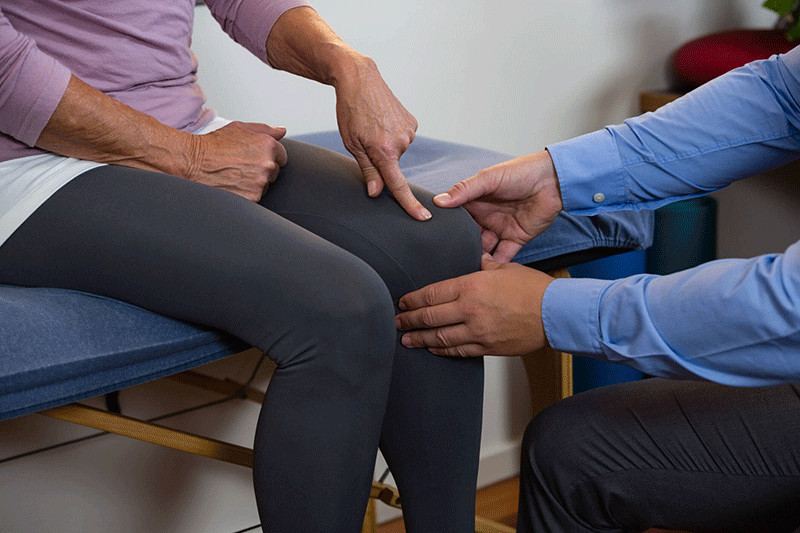Symptoms and Diagnosis of Venous Thromboembolism (VTE)

VTE includes deep vein thrombosis (DVT), when a blood clot forms in a deep vein, usually in the leg. And it includes pulmonary embolism (PE), when the clot breaks off and travels from the leg up to the lungs. DVT and PE are serious, life-threatening conditions that require immediate medical attention.
What are the warning signs?
DVT mainly affects the large veins in the lower leg and thigh, almost always on one side of the body at a time. The clot can block blood flow and cause:
- Leg pain or tenderness of the thigh or calf
- Leg swelling (edema)
- Skin that feels warm to the touch
- Reddish discoloration or red streaks
PE, or pulmonary embolism, can be fatal and occurs when the DVT breaks free from a vein wall and blocks some or all of the blood supply to the lungs, causing:
- Unexplained shortness of breath
- Rapid breathing
- Chest pain anywhere under the rib cage (may be worse with deep breathing)
- Fast heart rate
- Light headedness or passing out
How is it diagnosed?
Blood work may be done initially, including a test called D-dimer, which detects clotting activity.
For DVT: ultrasound of the leg is most often used
For PE: Computed tomography, or CT scan, or CAT scan is most often used. Sometimes ventilation-perfusion lung scan is used. Both tests are able to see intravenous dyes in the arteries of the lung, looking for blockages by clots.
